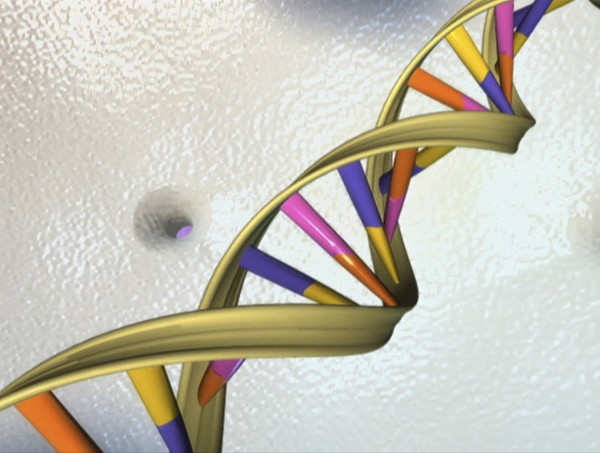Contamination Likely Explains 'Food Genes in Blood' Claim
| Marc Maligalig | | Oct 30, 2014 05:53 AM EDT |
(Photo : Reuters)
Laboratory contaminants are the likely reasons why complete genes from foods we eat enter our blood, believes Richard Lusk, a molecular biologist from the University of Michigan
Lusk re-examined data from a controversial research paper published in 2013 by researchers at the Harvard Medical School. This paper claimed complete genes from some of the foods we eat manage to survive digestion intact and make it into our bloodstream.
Like Us on Facebook
Lusk said the results from his tests put the spotlight on an underappreciated problem, which is the contamination of samples in the lab. He used one of the powerful new tools in molecular biology: high-throughput sequencing that makes it possible to identify the precise sequences of billions of fragments of deoxyribonucleic acid at the same time.
Lusk questioned the result of the 2013 paper authored by Sandor Spisak. He said he did find food DNAs when he examined the original data from the paper claiming that genes pass from food to blood.
"But I also found much higher quantities of DNA from common skin microorganisms, suggesting that at least some of the DNA in the sample came from contaminants. Maybe the food DNA got there the same way."
One of the microorganisms Lusk found was the P. acnes, which is associated with acne. Another one was the fungus M. globosa that causes dandruff.
Lusk said one probable reason for the presence of both the food and microbial DNAs is that lab workers contaminated sample tubes after touching their faces or eating.
But the scientists behind the study in this case had reasonable controls and took precautions against contamination, Lusk was left wondering if contamination was really the answer.
Lusk believes those indicators must necessarily derive from contamination if he examined DNA from sources with no plausible connection to food and still managed to detect the signs of food DNA.
TagsLab contaminant, Lab contamination, Contamination, Food genes in blood, High-thoroughput sequencing, Harvard Medical School, University of Michigan
©2015 Chinatopix All rights reserved. Do not reproduce without permission
EDITOR'S PICKS
-

Did the Trump administration just announce plans for a trade war with ‘hostile’ China and Russia?
-

US Senate passes Taiwan travel bill slammed by China
-

As Yan Sihong’s family grieves, here are other Chinese students who went missing abroad. Some have never been found
-

Beijing blasts Western critics who ‘smear China’ with the term sharp power
-

China Envoy Seeks to Defuse Tensions With U.S. as a Trade War Brews
-

Singapore's Deputy PM Provides Bitcoin Vote of Confidence Amid China's Blanket Bans
-

China warns investors over risks in overseas virtual currency trading
-

Chinese government most trustworthy: survey
-

Kashima Antlers On Course For Back-To-Back Titles
MOST POPULAR
LATEST NEWS
Zhou Yongkang: China's Former Security Chief Sentenced to Life in Prison

China's former Chief of the Ministry of Public Security, Zhou Yongkang, has been given a life sentence after he was found guilty of abusing his office, bribery and deliberately ... Full Article
TRENDING STORY

China Pork Prices Expected to Stabilize As The Supplies Recover

Elephone P9000 Smartphone is now on Sale on Amazon India

There's a Big Chance Cliffhangers Won't Still Be Resolved When Grey's Anatomy Season 13 Returns

Supreme Court Ruled on Samsung vs Apple Dispute for Patent Infringement

Microsoft Surface Pro 5 Rumors and Release Date: What is the Latest?










